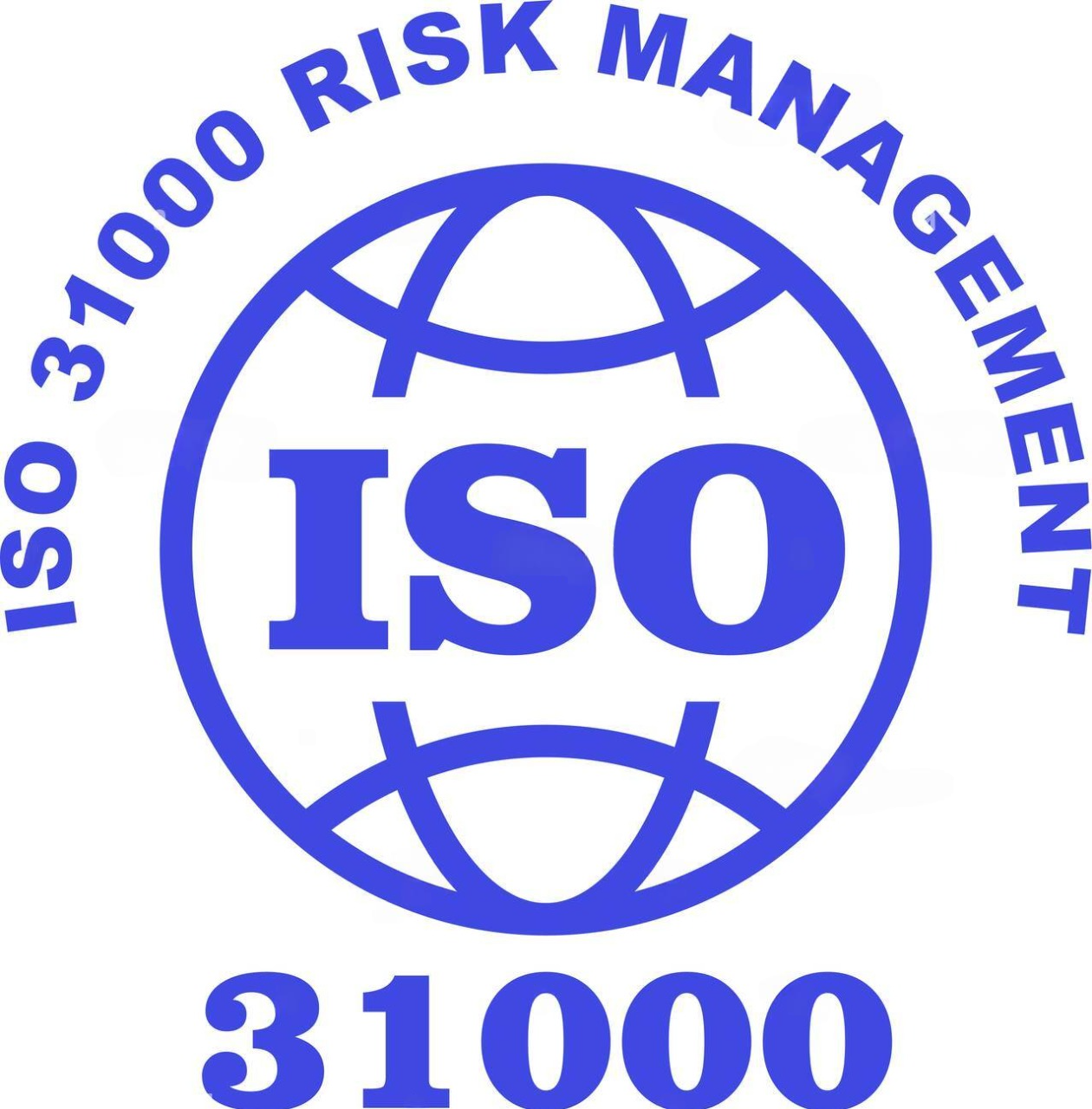ISO 31000 - Risk Management
ISO 31000 is an international standard that provides guidance on how organizations can manage risk. It offers a structured approach to help organizations identify, analyze, evaluate, treat, monitor, and communicate risks. The standard's main goal is to help organizations improve their decision-making, protect their assets, and achieve their objectives.
Here are some of the benefits of ISO 31000:
- Improved decision-making: ISO 31000 can help organizations make better decisions.
- Better resource allocation: ISO 31000 can help organizations use resources more effectively for risk treatment.
- Improved operational efficiency: ISO 31000 can help organizations improve their operational efficiency.
- Increased stakeholder confidence: ISO 31000 can help organizations increase stakeholder confidence.
- Reduced losses: ISO 31000 can help organizations minimize losses.
Risk Management Process:
- Establish context
- Identify risks
- Analyze risks
- Evaluate risks
- Treat risks
- Monitor and review
- Communicate and consult

Benefits:
- Improved risk identification and assessment
- Enhanced decision-making
- Reduced risk exposure
- Increased stakeholder confidence
- Compliance with regulations
- Better resource allocation
- Improved business continuity
Advantages:
- Proactive risk management
- Improved decision-making
- Reduced risk exposure
- Increased stakeholder confidence
- Compliance with regulations
- Better resource allocation
- Improved business continuity
